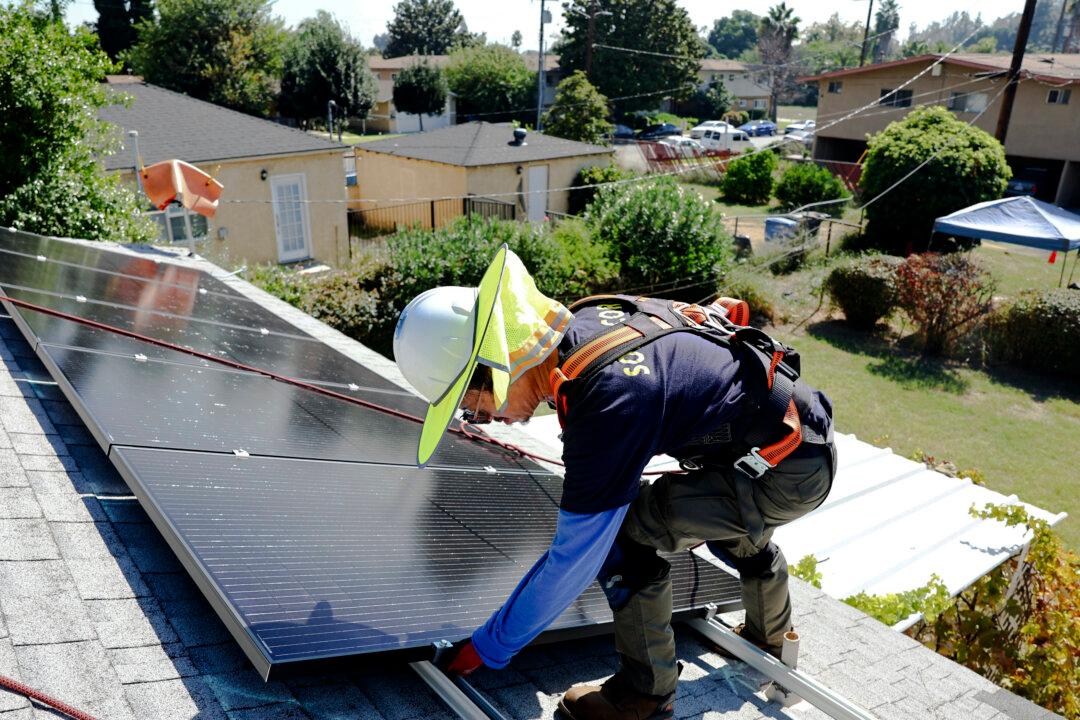After changes implemented in April 2023 decreased incentives for solar customers in California and caused demand to plummet, a newly introduced bill seeks to repeal them.
Assembly Bill 2619, authored by Assemblyman Damon Connolly would require the state’s utility commission to develop new rates for credits provided to solar customers for producing more energy than they consume.





